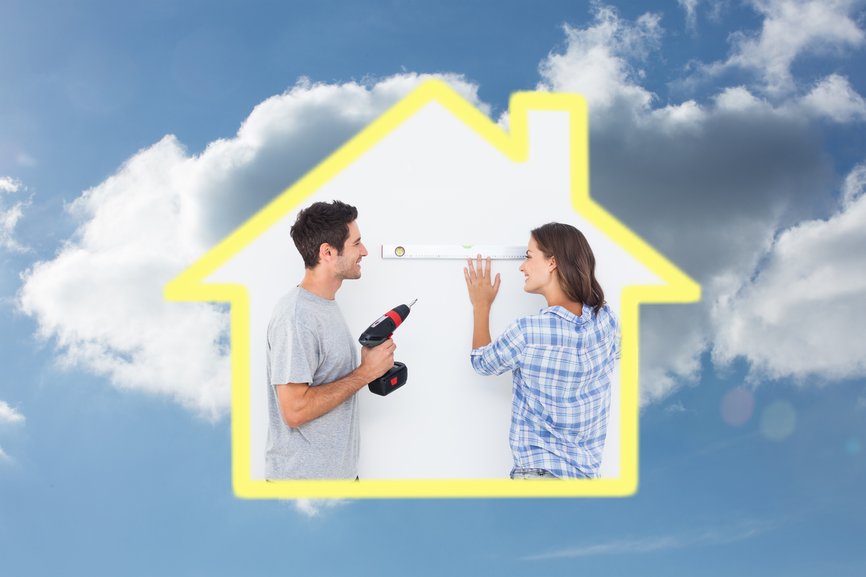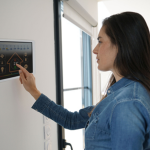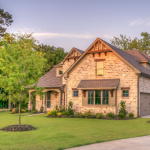
Are you planning a home improvement but don’t know which renovations will give you the biggest return? As mentioned in Four Home Improvements with the Highest Payback, some renovations increase the value of your home much more than others. But what about the home improvements that reduce the operating cost of your home?
In other words, which renovations will give you the maximum savings in energy (without breaking your bank account)?
In this article we cover the six most cost-effective home improvements for reducing your energy costs. But first, a quick look at where your money is going.
Which Areas of Your Home Use The Most Energy?
As you can see below, the biggest uses of energy in your home are for:
- Space heating (i.e. your furnace)
- Space cooling (air conditioner)
- Small electronic devices (such as small appliances)
- Water heating
- Lighting
Combined, these five areas account for over three-quarters of your home’s energy use.
Source: http://www.aceee.org/
As they say, knowledge is power. Now that you know where your energy is going, you can work on how to improve your home to maximize energy conservation.
In the remainder of this article, we present the best home improvements for increasing your
energy savings – starting with the improvements that get the quickest payback.
Six Cost-Effective Home Improvements to Save Energy
-
- Have an Energy Audit Done on Your Home
An energy audit might be the single best energy-saving investment you make in your home. An energy audit (performed by a qualified energy advisor) will pinpoint where the energy “leaks” are in your home, and will recommend the home improvements that will have the biggest impact on your home’s energy efficiency. They’ll provide you with a detailed report including suggestions for specific changes that you can make to your home.
Find a qualified energy advisor in your area through Natural Resource Canada’s website.
-
- Install a programmable thermostat
You can save as much as 10% a year on your heating and cooling bills by simply turning your thermostat back 10% to 15% for 8 hours. You can do this automatically without sacrificing comfort by installing a programmable thermostat.
Using a programmable thermostat, you can adjust the times you turn on the heating or air-conditioning according to a pre-set schedule. Programmable thermostats can store and repeat multiple daily settings (six or more temperature settings a day) that you can manually override without affecting the rest of the daily or weekly program.
Learn more about programmable thermostats on this Natural Resource Canada web page.
-
- Seal your windows and doors with weather stripping and caulking
Warm air leaking into your home during the summer and out of your home during the winter wastes a great deal of energy. One of the quickest dollar-saving tasks you can do is caulk, seal, and weather strip all seams, cracks, and openings to the outside of your home. You can save 10% or more on your energy bill by reducing the air leaks in your home.
There are good tutorials on how to weather strip windows and doors at This Old House and the Lowe’s website.
-
- Replace regular light bulbs with compact fluorescent light bulbs (CFLs)
CFLs use 25% of the energy of regular light bulbs. The ENERGY STAR website has an excellent, brief tutorial on compact fluorescent light bulbs.
-
- Insulate your hot-water pipes
Insulating your hot water pipes reduces heat loss and can increase water temperature to a level hotter than with un-insulated pipes. You also won’t have to wait as long for hot water when you turn on a faucet or showerhead, which helps conserve water.
If you’d like to insulate your hot-water pipes yourself (and it’s really not very difficult), check out this DIY Network web page.
Insulating your hot-water tank can reduce standby heat loss by up to 45%, and save up to 9% on your water-heating costs, according to the U.S. Department of Energy. To learn how to insulate an electric water heater, visit the Department of Energy’s website.
And there you have it! By doing these six simple fixes to your home, you’ll use less energy and save money on your heating bill. And as a bonus, your home will be treading more lightly on the environment!






I have a house that was built in the mid seventies and has clapboard with wood covering the seams.This is all going to need replacement.What percentage of money would you receive back from the govt if I get a energy audit done.I live in Mississauga ont.